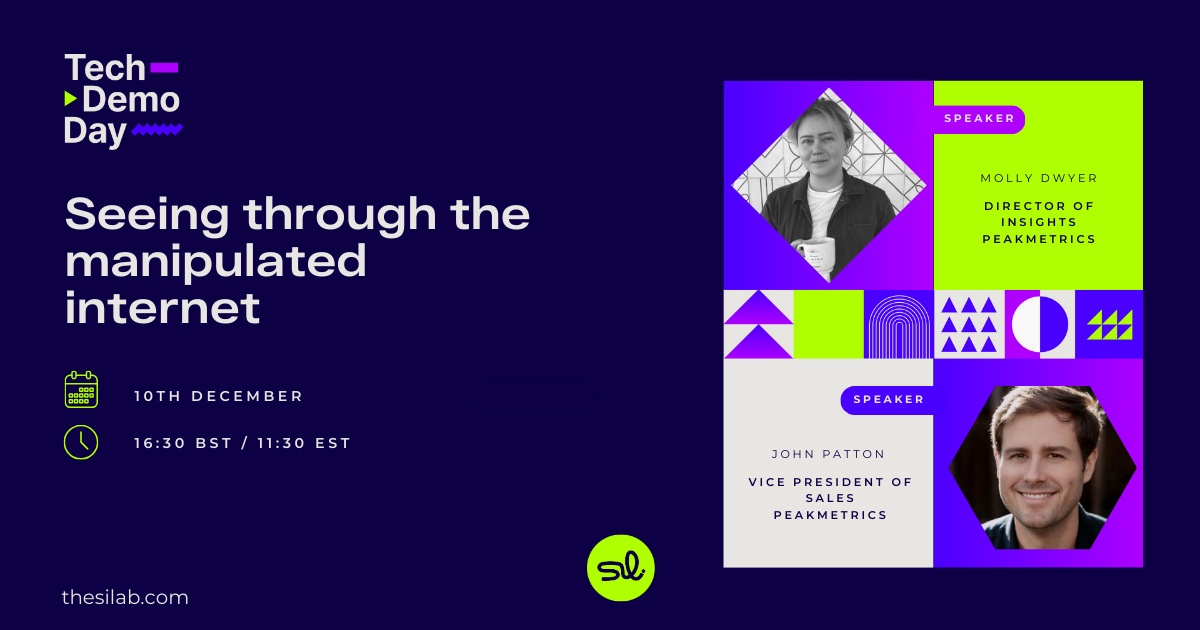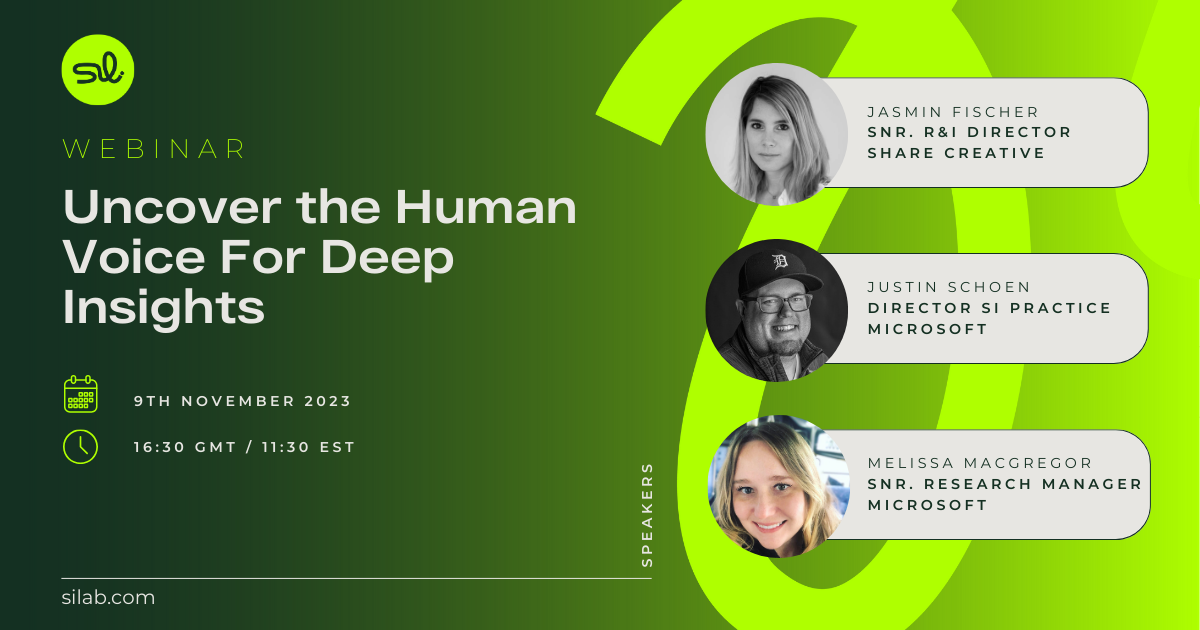
Audience segmentation: How to maximise social data
On its own, social data can only tell you so much. It comes with a lot of noise, which makes it harder to narrow down on the conversations that are important.
That’s why audience segmentation is so important. It helps you focus on the most important audience groups and the most relevant conversations. It allows you to “focus on the core cultures” and “put the right content in front of the right people at the right time.”
At SI Tech Demo Day 2021, Luke White, Head of Partnerships at Audiense provided us with a goldmine of information about audience segmentation and how it helps to maximise social data. He took us through a demo of the Audiense platform and showed how it can help with audience segmentation.
Social data helps brands stay culturally relevant
Cultural relevance is crucial if you want to build a connection with your audience. Luke established how understanding cultural relevance can help increase purchase intent by 267%, word of mouth by 228%, and brand loyalty by 50%.
But being culturally relevant is a challenge in itself, mainly because many brands are still segmenting by demographics. Demographics data is one-dimensional; it doesn’t get down to the nitty-gritty of what makes an individual unique and relevant to a brand.
While society still views people based on race, occupation, and economic status, individuals typically identify themselves by personality traits, values, and hobbies/passions.
Platforms like Audiense use social data to unearth this cultural relevance. It gives you an understanding of “what an audience really cares about, what their passions are, and how they identify themselves.”
Segmentation approaches
For their segmentation process, Audiense focuses on interconnectivity. Based on the network principle, they look at the handle IDs of “who knows who” between an audience. They then figure out the “unique characteristics, behaviours, traits that bring them all together.” The goal is to understand why they’re following each other, which helps to surface the core values of this audience group.
This is great for uncovering smaller, niche segments to build personas.
Audiense is also introducing affinity-based segmentation some time in 2021. This focuses on analysing the followers of similar accounts, which helps to build bigger, broader segments.

Two approaches to social media consumer segments[/caption]
Complementing social listening with segmentation
One of the key areas in which the Audiense segmentation platform complements your business is in social listening. After the platform isolates one of the key segments from your social listening data, you can then send the segment back to your social listening tool.
This allows you to eliminate the noise and only listen to the most valuable people within the conversation. So, you can streamline your social listening work by focusing on the exact people instead of keywords or hashtags.
Segmentation helps you cut through the noise and unearth cultural relevance from social data. While this can be challenging, platforms like Audiense streamline the process with segmentation based on interconnectedness and affinity.
This interview was recorded via LinkedIn Live, if you prefer to view on LinkedIn, click the button below.
View InterviewSee related content










